Bibliometric Analysis on Islamic Microfinance
DOI:
https://doi.org/10.58812/wsiss.v3i02.1832Keywords:
Islamic Microfinance, Financial Inclusion, Poverty Alleviation, Waqf, Bibliometric AnalysisAbstract
This study presents a comprehensive bibliometric analysis of Islamic microfinance literature, aiming to map its intellectual structure, thematic evolution, and global collaboration patterns. Using data extracted from the Scopus database and analyzed with VOSviewer, a total of relevant publications from 2000 to 2024 were examined through keyword co-occurrence, temporal overlay, density visualization, co-authorship networks, and country collaborations. The results reveal that Islamic microfinance, poverty alleviation, and financial inclusion are the central themes, while emerging topics such as Islamic social finance, waqf, zakat, and fintech reflect a shifting research focus toward ethical innovation and digital integration. Temporal analysis shows a gradual evolution from early concerns with institutional structures and Shariah compliance toward contemporary discussions on impact and sustainability. The co-authorship and collaboration maps highlight Malaysia and Indonesia as key contributors, with increasing cross-border partnerships involving both Muslim and non-Muslim-majority countries. Despite the growing body of literature, the field remains fragmented in certain areas, with limited research on behavioral dimensions, governance models, and long-term impact assessment. This study contributes to a deeper understanding of the research landscape and offers strategic directions for scholars, policymakers, and practitioners to advance Islamic microfinance as a tool for inclusive and sustainable development.
References
[1] A. A. Khan, “Islamic Microfinance,” Birmingham, UK Islam. Reli. Worldw., 2008.
[2] M. Obaidullah, “Introduction to Islamic microfinance,” Mohammed Obaidullah, Introd. to Islam. Microfinance, IBF Net Ltd., 2008.
[3] M. Obaidullah and T. Khan, “Islamic microfinance development: Challenges and initiatives,” Islam. Res. Train. Inst. Policy Dialogue Pap., no. 2, 2008.
[4] M. K. Hassan, M. M. Alshater, R. Hasan, and A. B. Bhuiyan, “Islamic microfinance: A bibliometric review,” Glob. Financ. J., vol. 49, p. 100651, 2021.
[5] M. El-Komi and R. Croson, “Experiments in Islamic microfinance,” J. Econ. Behav. Organ., vol. 95, pp. 252–269, 2013.
[6] A. Rahim Abdul Rahman, “Islamic microfinance: an ethical alternative to poverty alleviation,” Humanomics, vol. 26, no. 4, pp. 284–295, 2010.
[7] P. S. Rohman, B. A. Fianto, S. A. A. Shah, U. N. Kayani, N. Suprayogi, and I. Supriani, “A review on literature of Islamic microfinance from 2010-2020: lesson for practitioners and future directions,” Heliyon, vol. 7, no. 12, 2021.
[8] N. Donthu, S. Kumar, D. Mukherjee, N. Pandey, and W. M. Lim, “How to conduct a bibliometric analysis: An overview and guidelines,” J. Bus. Res., vol. 133, pp. 285–296, 2021.
[9] R. Abdul Rahman and F. Dean, “Challenges and solutions in Islamic microfinance,” Humanomics, vol. 29, no. 4, pp. 293–306, 2013.
[10] H. Ahmed, “Financing microenterprises: An analytical study of Islamic microfinance institutions,” Islam. Econ. Stud., vol. 9, no. 2, 2002.
[11] P. Srisusilawati, A. S. Rusydiana, Y. D. Sanrego, and N. Tubastuvi, “Biblioshiny R application on islamic microfinance research,” Libr. Philos. Pract., vol. 2021, no. 5096, pp. 1–24, 2021.
[12] S. Mansori, S. K. Chin, and M. Safari, “A shariah perspective review on Islamic microfinance,” Asian Soc. Sci., vol. 11, no. 9, pp. 273–280, 2015.
[13] A. R. ABDUL RAHMAN, “< Islamic Economics: Theoretical and Practical Perspectives in a Global Context> Islamic Microfinance: A Missing Component in Islamic Banking,” イスラーム世界研究, vol. 1, no. 2, pp. 38–53, 2007.
[14] H. Begum, A. S. A. F. Alam, M. A. Mia, F. Bhuiyan, and A. B. A. Ghani, “Development of Islamic microfinance: a sustainable poverty reduction approach,” J. Econ. Adm. Sci., vol. 35, no. 3, pp. 143–157, 2019.
[15] H. Maulana, D. A. Razak, and A. A. Adeyemi, “Factors influencing behaviour to participate in Islamic microfinance,” Int. J. Islam. Middle East. Financ. Manag., vol. 11, no. 1, pp. 109–130, 2018.
[16] A. Hassan, “The challenge in poverty alleviation: role of Islamic microfinance and social capital,” Humanomics, vol. 30, no. 1, pp. 76–90, 2014.
[17] H. D. Seibel, “Islamic microfinance in Indonesia: The challenge of institutional diversity, regulation, and supervision,” SOJOURN J. Soc. Issues Southeast Asia, vol. 23, no. 1, pp. 86–103, 2008.
[18] N. I. Riwajanti, “Islamic microfinance as an alternative for poverty alleviation: A survey,” Afro Eurasian Stud., vol. 2, no. 1–2, pp. 254–271, 2013.
[19] A. M. Alkhan and M. K. Hassan, “Does Islamic microfinance serve maqāsid al-shari’a?,” Borsa Istanbul Rev., vol. 21, no. 1, pp. 57–68, 2021.
[20] R. Wilson, “Making development assistance sustainable through Islamic microfinance,” in Shari’a Compliant Microfinance, Routledge, 2013, pp. 63–75.
[21] A. Umar Faruq Ahmad and A. B. Rafique Ahmad, “Islamic microfinance: the evidence from Australia,” Humanomics, vol. 25, no. 3, pp. 217–235, 2009.
[22] R. A. Rahman, A. Al Smady, and S. Kazemian, “Sustainability of Islamic microfinance institutions through community development,” Int. Bus. Res., vol. 8, no. 6, p. 196, 2015.
Downloads
Published
Issue
Section
License
Copyright (c) 2025 Loso Judijanto, Heri Setiyawan

This work is licensed under a Creative Commons Attribution-ShareAlike 4.0 International License.

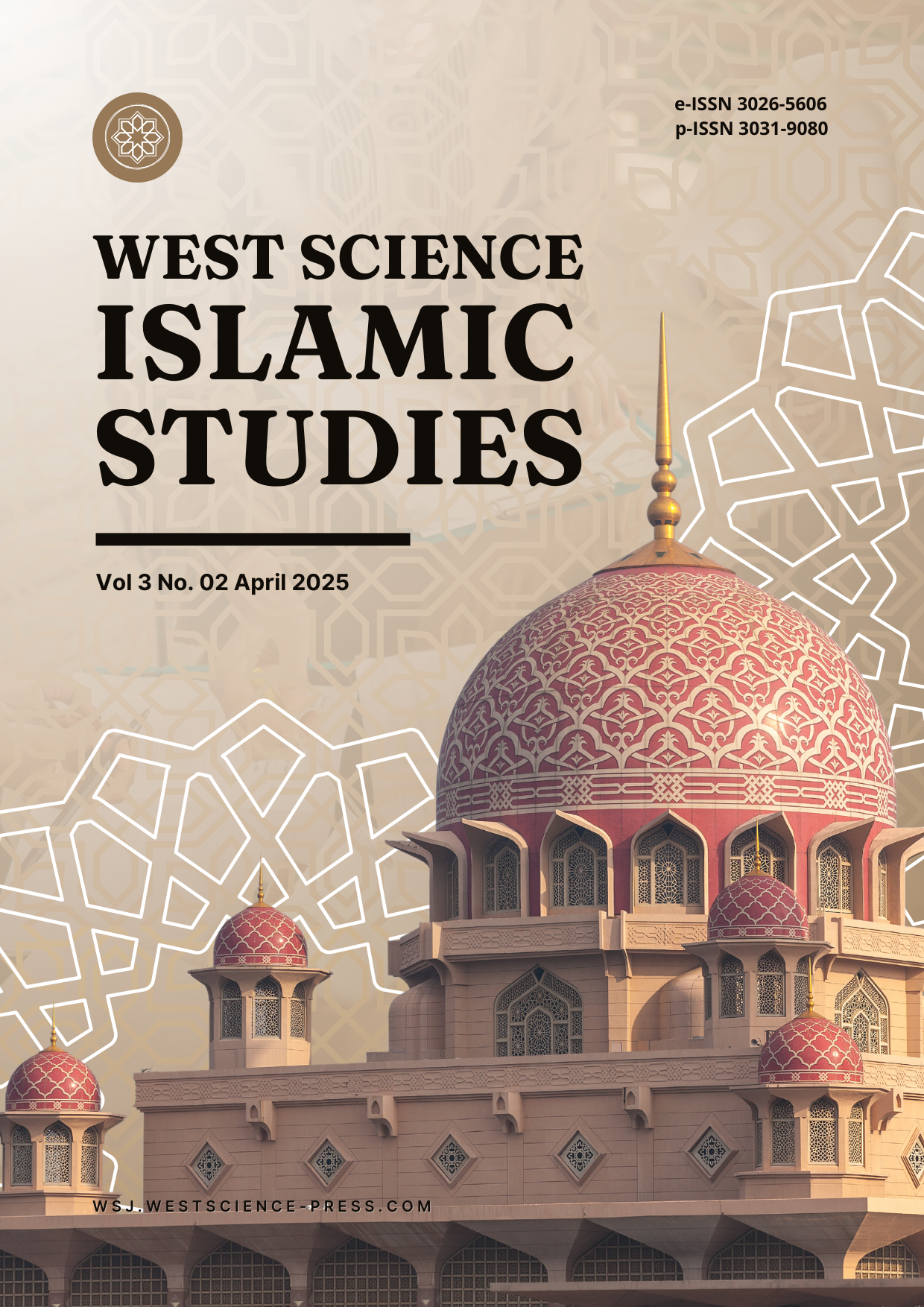



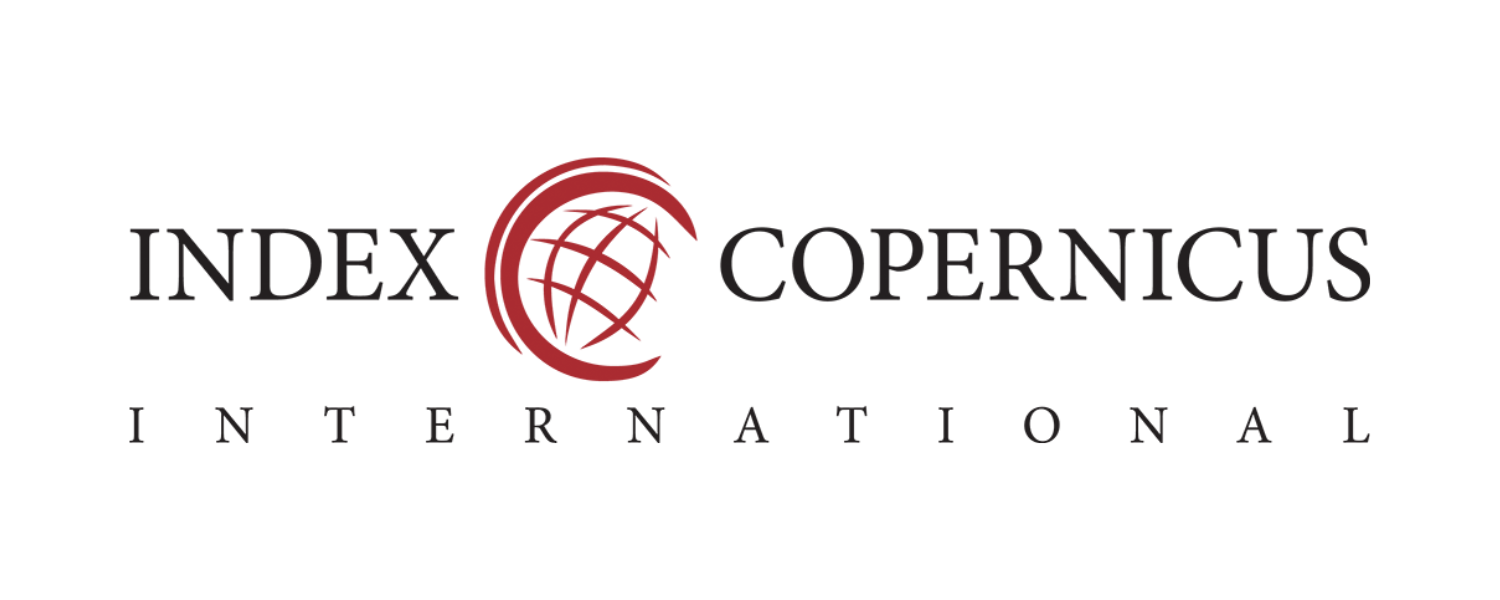




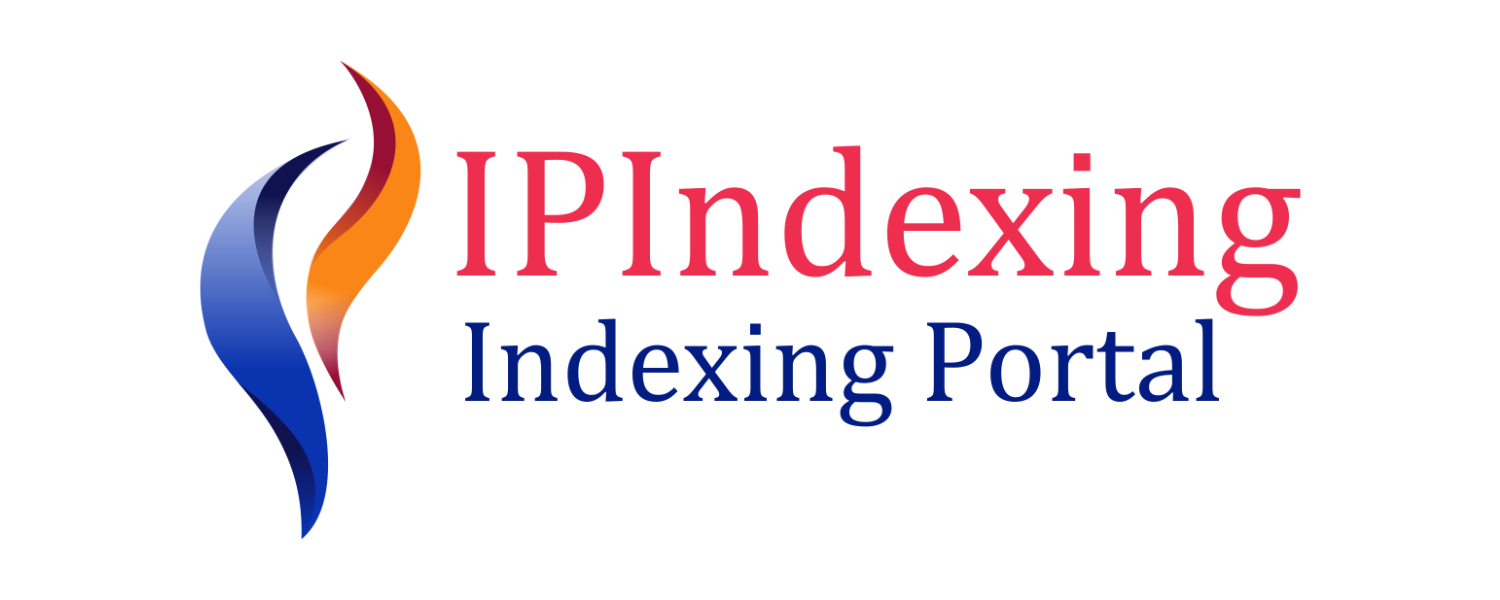



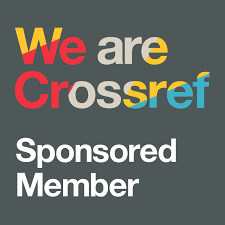



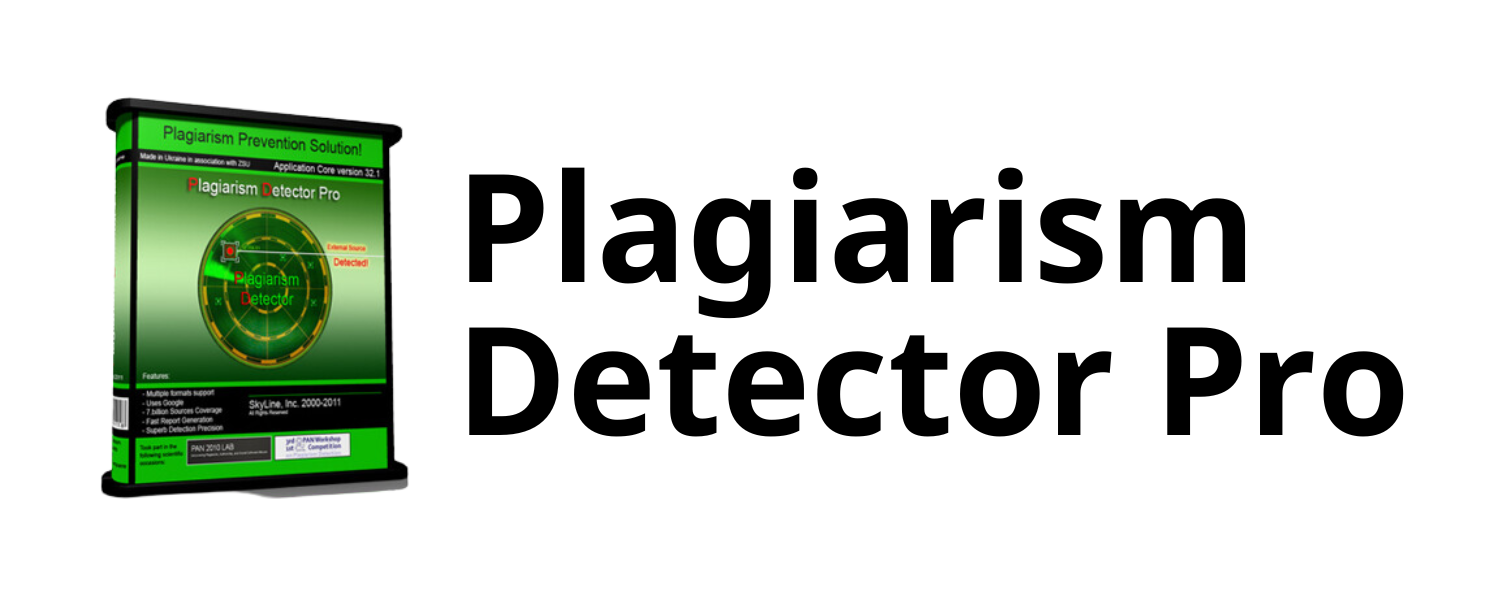



 Instagram
Instagram 